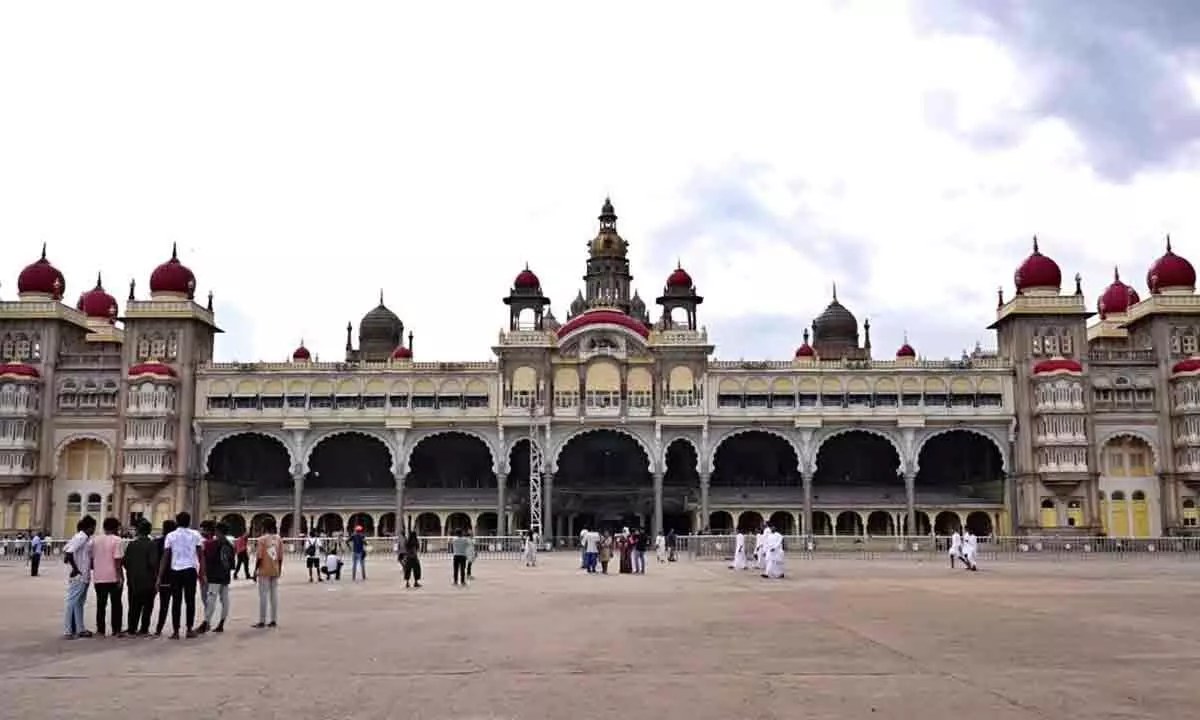Eco tourism blueprint unveiled by tourism department

Mysuru: The Mysuru district, in collaboration with the central government, is set to implement an Eco-Tourism initiative. The Tourism Department has already prepared a blueprint for the project, said Joint Director M.K. Savitha in an interview with ETV Bharat. She elaborated on the significance, implementation, and benefits of eco-tourism.
Known for its cultural heritage and iconic attractions like the Mysuru Palace, the city receives over 25 lakh visitors annually. However, most tourists often visit key attrac-tions such as the Palace, Chamundi Hill, and the KRS Dam before heading to other destinations like Madikeri, said Savitha. To address this, the Eco-Tourism plan aims to encourage tourists to extend their stay in Mysuru by offering immersive experienc-es. “The department is ready to introduce the Eco-Tourism concept to retain tourists in Mysuru for two to three days,” Savitha stated.
The plan includes linking the Mysuru Zoo, Karanji Lake Nature Park, and the Re-gional Museum of Natural History under a single eco-tourism circuit. The Detailed Project Report (DPR) has been submitted, and tenders will soon be floated to com-mence work. Eco-tourism is not just about sightseeing but also gaining insights into nature, heritage, and culture. The Mysuru project will incorporate various tourism types, such as heritage, educational, agricultural, cultural, and adventure tourism.
Savitha highlighted that while Mysuru Zoo attracts lakhs of visitors, the adjacent Karanji Lake sees fewer footfalls due to a lack of awareness. Under the Swadesh Darshan 2.0 scheme, Mysuru has been chosen for an estimated ₹70 crore eco-tourism project. Tourists can begin at the zoo, observe animals and birds, then pro-ceed to Karanji Lake to study diverse plant and bird species. Finally, they can visit the Regional Museum to learn about fossils and prehistoric life. The eco-tourism experi-ence will culminate back at the zoo, where tourists can access their vehicles.


